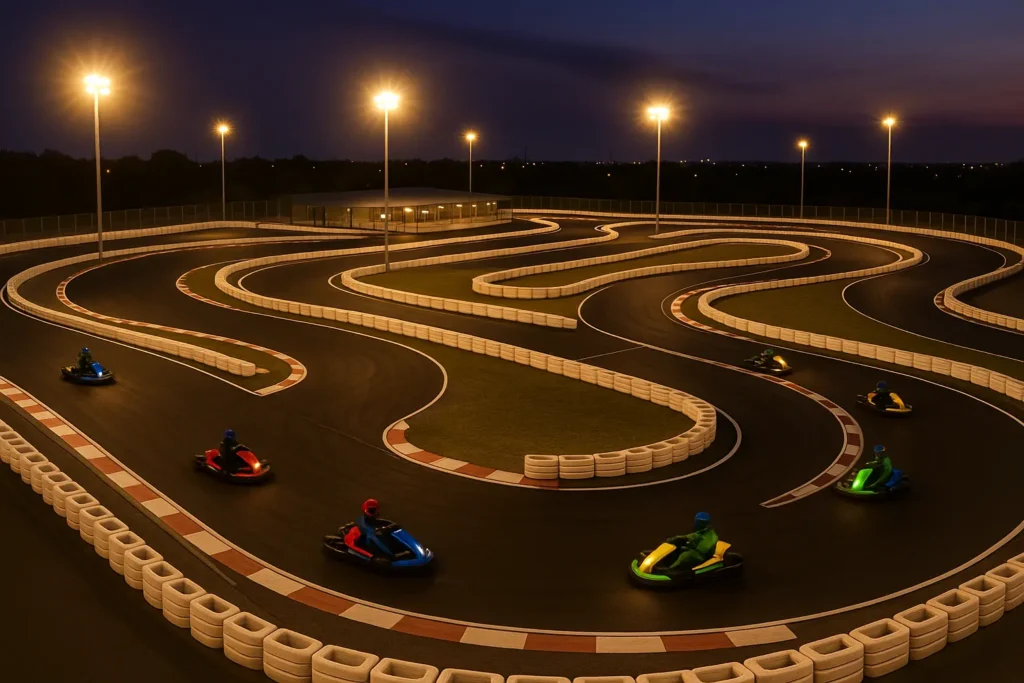Inflatable projects, as a treasure in today’s entertainment industry, have become iconic equipment for countless celebratory events, family gatherings, and vacation destinations. However, these astonishing inflatable products didn’t appear overnight; they evolved over time through innovation. This blog will take you on a journey through time to explore the birth of inflatable projects, from their initial concepts to their widespread applications today.
Chapter One: The Marvelous Origins of Inflatables
When did the story of inflatable projects begin? They didn’t suddenly emerge but rather stemmed from humanity’s endless pursuit of creativity. The earliest inflatable products, such as inflatable balloons and swimming pools, appeared decades ago as a response to people’s boundless imagination.
1.1 The Allure of Inflatables
Early inflatable products, though simple, possessed an irresistible charm. The colors and shapes of inflatable balloons captivated children, while inflatable pools offered an affordable way for families to enjoy summer. These early inflatable toys foreshadowed the potential for larger and more diverse inflatable projects.
1.2 Technological Advancements
With the advancement of technology, inflatable projects continued to evolve. The introduction of new materials made inflatable products more durable, safe, and versatile. Technological progress created opportunities for the emergence of larger inflatable projects, such as inflatable slides, castles, and water parks.
Chapter Two: The Rise of the Entertainment Industry
The rapid growth of the entertainment industry had a positive impact on the development of inflatable projects. From theme parks to celebratory events, inflatable projects became essential attractions for drawing in visitors and event participants. Their unique designs and customizability made them an ideal choice for various occasions.
2.1 The Versatility of Inflatable Projects
The versatility of inflatable projects made them an integral part of various entertainment activities. They could be used for family gatherings, birthday parties, weddings, music festivals, and more. The customizability of inflatable projects also offered unique promotional opportunities for businesses and brands.
2.2 The Ascendancy of the Entertainment Industry
The rise of the entertainment industry provided immense opportunities for the development of inflatable projects. Theme parks and resorts not only embraced inflatable projects but also continuously innovated, creating more thrilling inflatable experiences. This growing demand drove the continuous evolution of inflatable projects.
Chapter Three: Innovation and Diversity
Today, the diversity of inflatable projects is truly astounding. From massive inflatable slides to simulated racing cars and inflatable mazes, there seems to be no limit to what can be created with inflatable materials. Ongoing innovation propels the industry forward, continually bringing forth new ideas and designs.
3.1 Technological Innovation
The introduction of new materials and manufacturing techniques has made inflatable projects safer, more durable, and more creative. High-tech inflatable structures and inflatable pump technology have made it possible to create larger and more complex inflatable projects.
3.2 Customized Designs
The diversity in design is also a part of the allure of inflatable projects. They can be customized according to customer needs, including different shapes, colors, and themes. This flexibility makes inflatable projects the perfect choice for various occasions.
Chapter Four: The Future of Inflatable Projects
The birth and evolution of inflatable projects are just the beginning, and the future holds endless possibilities. As technology and innovation continue to advance, we can expect to see even more exciting inflatable experiences.
4.1 Environmental Sustainability
With the increasing awareness of environmental concerns, inflatable project manufacturers are also striving to reduce their impact on the environment. In the future, inflatable projects will place a greater emphasis on sustainability, utilizing eco-friendly materials and manufacturing methods.
4.2 Integration of Virtual Reality with Inflatables
The rise of virtual reality technology has opened up new possibilities for inflatable projects. In the future, we can expect to see more innovative experiences where virtual reality and inflatable projects merge to provide users with even more immersive interactions.
Conclusion
The birth of inflatable projects is the perfect fusion of creativity, technology, and demand. They have become a part of celebrations, entertainment, and joy, bringing endless fun to people’s lives. Whether at a family gathering or a professional event, inflatable projects continue to play an indispensable role, creating cherished memories. In the future, we can look forward to more innovation, bringing even more excitement and surprises to this industry.




